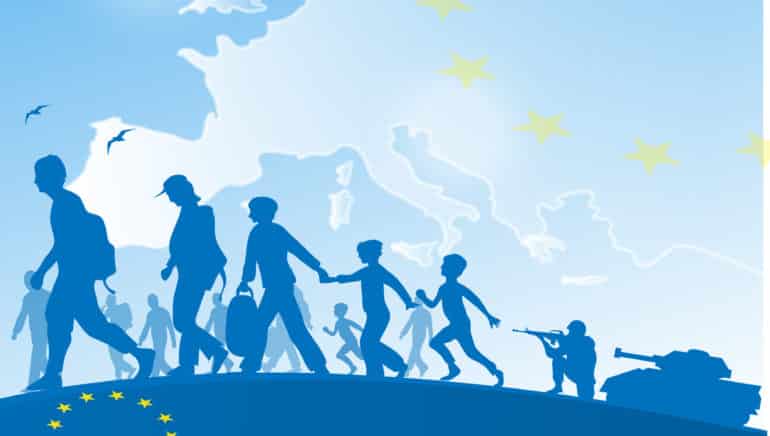The current refugee crisis is immense. Estimates expect more than a million people to apply for asylum this year in the European Union; i.e. we are talking about 0.2% in terms of total population. This would suggest that the immigration can be handled if all the countries cooperate.
Structural whip
Much like other crises in the past, the current one highlights the structural weaknesses of the European Union. The necessary institutions necessary to ensure the long-term existence of the Union are not yet in place although much has been achieved already. The crisis works like a structural whip, forcing the EU to institutionalise coordination on an ad-hoc basis.
In the short term
The immediate challenges are relatively easily solved. Distribution, registration, (legal) transport, shelter, food and water, and administration have to be sorted out and provided. If even that is beyond acceptance, chaos and a deterioration of the humanitarian crisis are looming on the horizon. There is no escaping a comprehensive and coordinated approach. Overall and in the long run, this is about keeping the humanitarian “costs” as low as possible.
In the medium term
The medium-term challenges are significantly more difficult. They affect mainly the immigrants’ willingness to integrate, and the willingness of the local population to aid said integration. Only if immigrants are integrated – as opposed to assimilated – successfully will short term costs turn into long-term benefit in terms of monetary units. Here, too, we need an overall package that contains investment in human capital (education, language abilities, skills), healthcare, public services, and living space. The long-term benefit is based on the comparably low average age of the migrants and the positive net tax effect (in a long-term perspective). This would help mitigate the demographic problem of the EU, where the ratio of retired people to working population has been growing rapidly.
Benefits
Therefore an active approach to the refugee crisis would be beneficial from numerous points of view. It limits humanitarian costs. It represents investment in future consumers. It increases the working population. From an economic point of view, stimulus generated on the spending side meets an increase of supply of labour force. In the medium term this supports both total output and the public budget (albeit only marginally).
Risks
Of course there are risks, mainly with regard to the potential decline in social, political, and governmental cohesion. This will be more profound the less comprehensively a strategy is formed and implemented in dealing with the refugee crisis. Anti-immigration and anti-EU parties would be picking up support.
Conclusion
In order to mitigate human hardships and to cap demagogical forces, we will all have to work together. We are reminded that the basic human rights apply always, even if they are not being acted upon. Also, migration will come with positive human effects in the medium term.

